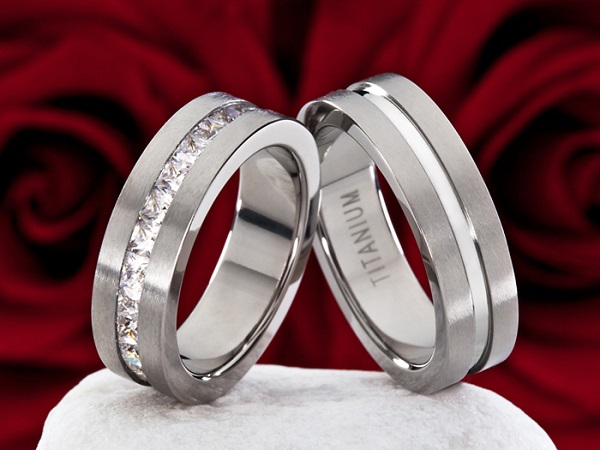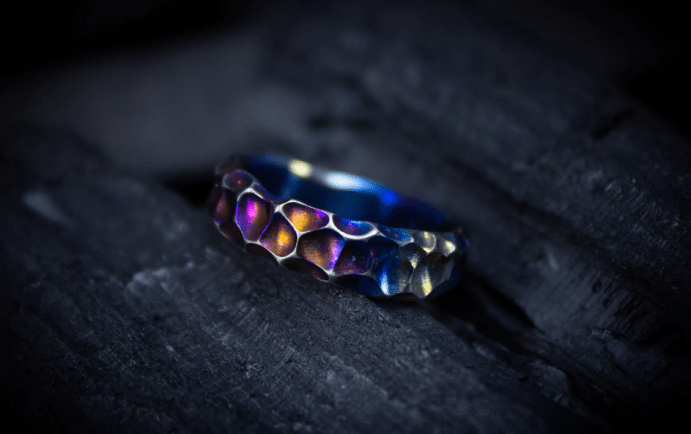When it comes to engagement rings, all attention is usually focused on the stone. But the choice of metal is also very important! If your daily activities can cause significant stress to the metal that the ring is made of, then its strength and hardness should be high enough on your list of priorities.
Not sure which metal to choose for your engagement ring? Start with the seven we offer in our review. But be aware that achieving maximum strength or hardness often comes with disadvantages in other areas, such as the ability to adjust or resize, and loss of sheen over time.

Tungsten
Tungsten is four times harder than titanium. It is the most scratch resistant metal you can find for an engagement ring. If you are looking for high scratch resistance at the right price, tungsten is your best bet. However, it can be a little brittle, to the point of chipping or breaking. Because of this, the size of the tungsten product cannot be changed.
Ceramics
Ceramics is close to tungsten in hardness. It is made from titanium carbide, which is a hard material that is also very light. It is exceptionally scratch resistant and available in multiple colors. Ceramic is a new material for the jewelry industry, so the range of styles in ceramic products is more limited than traditional metals. Ceramic products are also fragile, like tungsten, so their size cannot be changed either.
Titanium
Titanium lives up to its reputation for being strong yet lightweight and comfortable. Titanium does not tarnish, and although it may show signs of wear over time, it can be easily polished to make a piece of jewelry look like new. The only downside is the high degree of difficulty in resizing. You could say it’s impossible.
Platinum
Platinum is the most expensive material on our list. Platinum is known for symbolizing pure, eternal love. The metal is strong, but allows you to change the size of your ring. It is a hard metal, but it is not scratch resistant. It never tarnishes, but over time it naturally develops a “patina” – a thin layer of film that gives it the look of an old thing. The bright silver color and scratch-free surface can be restored with the services of your jeweler and re-polishing. We know a great place to find platinum jewelry is Platinum Guild International.
Palladium
Palladium is a white metal that does not tarnish. It is very similar to platinum in appearance and strength, but more affordable. It is less dense than platinum and also less rare. Palladium has a drawback: it can be scratched. It is also difficult to change the size, usually it must be done by the manufacturer.
Stainless steel
Stainless steel is a strong, tough newcomer to the jewelry industry. If you want something durable and stylish but don’t want to spend a lot of money, stainless steel is a great choice. Over time, signs of wear may appear, but the surface can be polished. When it comes to sizing, some jewelers refuse to work with stainless steel because they don’t have the right equipment to do it. On the other hand, larger enterprises and manufacturers usually have the ability to resize.

Cobalt
Cobalt is becoming an increasingly popular material. It is very similar in color to white gold, but much stronger and has a more pleasant price. Cobalt products have a fairly high scratch resistance and are generally very durable. Cobalt is so durable that resizing isn’t an option either.
Note: Some of these metals are so strong that only men’s rings are made from them, because it is extremely difficult to manipulate the products to change design features or size.
